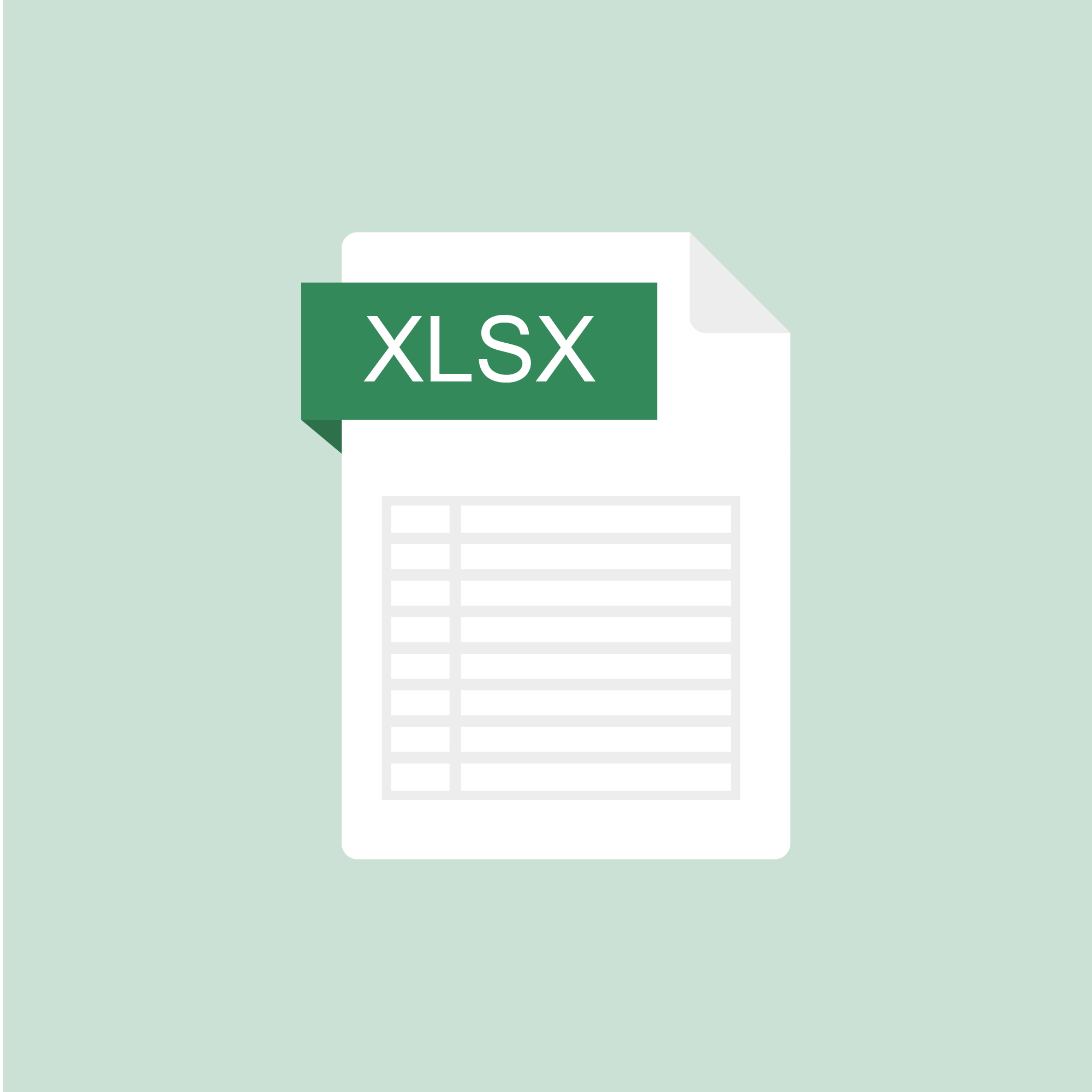Browse
Science, Technology And Innovation
Article: JAMH Call for Papers Journal of African Military History
JAMH Call for Papers Journal of African Military History - Special Issue: New Histories of the Southern African Liberation Struggles The intertwined wars to bring majority-rule to the Southern African states are rightfully understood in African history both as the triumphs of pan-African solidarity and complex events that interwove both local struggles for authority and global ideological competition. Initial nationalist histories traced the rise and political activities of the liberation fronts while more global views explored the cooperation of African actors with international patrons such as Russia, China, and Cuba in their attempts to leverage Cold War dynamics in an effort to attain their freedom. These often ultimately proved to be more official histories that played up the successes of the liberation struggles against the white redoubt countries as well as the international and Pan-African cooperation that allowed these successes However, the past decade has seen the continued expansion of historical inquiry into these conflicts. Both on the continent and abroad, critical archives have been opened and their documentation being woven into the historical narratives of the conflicts, such as the emergent work on the ALCORA exercises by Robert McNamara and Felipe Rebeiro de Meneses. Access to a plethora of previously unreachable or forgotten interview subjects has established new narratives of the struggles themselves, such as in the works of Joanne MacGregor, Joceylyn Alexander, Christian Williams, or Marc Thomas Howard. Topics that had not previous been studied in a systemic way, such as African participation in the struggles against the liberation fronts or the logistics of sustaining the far-flung struggles, have been explored, establishing new bodies of knowledge about these complex conflicts. Simply put, while there have been published historical narratives and knowledge about these struggles since the days of their waging, newer work has both enhanced and expanded on these early publications and there remains more new scholarship emerging. The intent of this special issue is continuing these efforts and publishing new scholarly perspectives on the planning, waging, and inherited narratives of the struggles for the final liberation of Africa while at the same time uncovering varied aspects of these intertwined conflicts which have received little or no previous scholarly attention We are particularly interested in contributions exploring the following topics regarding either side of the conflict: - Internal alliances and military cooperation; - Operational planning and direct military engagements; - Recruitment, mobilization and manpower; - Veterans and demobilization; - Labor, industry and sustainment of the struggles; - Gender, masculinity, and the role of women; - Resistance, political activism and interment; - Propaganda, espionage and counterintelligence; - malivijaya975@gmail.com External connections and interactions; - Legacy, commemoration and historical memory; The special issue will consider articles submitted in English. If you are interested in proposing a paper on these or any other topics, please contact Dr Charles Thomas (charles.thomas.40@au.af.edu ) or Dr. Bafumiki Mocheregwa (bafumiki.mocheregwa@usm.edu ). Abstracts should be submitted by 30 November 2025, with completed essays due by 31 April 2026. Scholars interested in editing future special issues should contact the journal’s managing editors, Roy Doron and Charles G Thomas at doronrs@wssu.edu and charles.thomas.40@au.af.edu Contact Information Dr Charles Thomas (charles.thomas.40@au.af.edu ) or Dr. Bafumiki Mocheregwa (bafumiki.mocheregwa@usm.edu) Contact Email charles.thomas.40@au.af.edu URL: https://brill.com/view/journals/jamh/jamh-overview.xml?contents=editorialcontent-62994 vijayalaxmi@venturit.com
By:
Anne miller New vijayalaxmi santosh mhetre mali
Tuesday, Sep 23, 2025
WATER, ENERGY, AND THE ENVIRONMENT
+1

Leave a comment
Screen Size, Resolution, and Viewport: What does it all mean?
When you buy a device, you will often see both screen size and resolution listed in the specs. The screensize is the physical measurement diagonally of the screen in inches. This is not to be confused with the resolution, which is the number of pixels on the screen often displayed as a width by height (i.e. 1024×768). Because devices with the same screen size can have very different resolutions, developers use viewports when they’re creating mobile friendly pages. Viewports are scaled down versions of resolutions that allows sites to be viewed more consistently across different devices. Viewports are often more standardized and smaller than resolution sizes.
While desktop and laptop displays are in landscape orientation (wider than tall), many mobile devices can be rotated to show websites in both landscape and portrait (taller than wide) orientations. This means that designers and developers must design for these differences.
Need help determining if your website is responsive? Use our free MG tool, Responsive Design Checker.
While desktop and laptop displays are in landscape orientation (wider than tall), many mobile devices can be rotated to show websites in both landscape and portrait (taller than wide) orientations. This means that designers and developers must design for these differences.
By:
Anne miller New vijayalaxmi santosh mhetre mali
Monday, Aug 25, 2025
AGRI-FOOD SYSTEMS
+7

No Preview Available
Leave a comment
Article by Vijaya: Food pyramid
A food pyramid is a visual representation of a balanced diet, showing which food groups to eat more or less of. It typically categorizes foods into groups and suggests the optimal number of servings from each group to maintain health. The most well-known version is the one developed by the US Department of Agriculture, which has been revised and adapted by various countries. Key Features of a Food Pyramid:
Base:Represents the food groups that should form the foundation of a healthy diet, consumed in larger quantities. Apex:Represents the food groups to be consumed in smaller amounts, typically fats, oils, and sweets. Middle Layers:Represent the other food groups like grains, fruits, vegetables, and protein sources, with varying recommendations for daily intake
By:
Vijaya Mhetre
Tuesday, Jul 29, 2025
EDUCATION
+1
No Preview Available
Leave a comment
10 TIPS FOR MAINTAINING A HEALTHY LIFESTYLE AND BODY WEIGHT
At this extreme moment, we began working from home, away from campus, and keeping social distance for as many people as possible. As we stay home and are stuck with the foods that have been in our fridge or pantry for a while, we are temporarily living a sedentary lifestyle with increased odds of physical inactivity, excessive eating and sitting, stress, anxiety, and depression. In particular, many of us will gain some weight during the pandemic and may keep the extra weight permanently, which may carry considerable health risks for type 2 diabetes, hypertension, heart attack, stroke, and other health problems.
Here, I’d like to share some basic tips and resources for how to maintain your healthy lifestyle, body weight, and overall well-being while staying home and engaging in social distancing.
Measure and Watch Your Weight
Keeping track of your body weight on a daily or weekly basis will help you see what you’re losing and/or what you’re gaining.
Limit Unhealthy Foods and Eat Healthy Meals
Do not forget to eat breakfast and choose a nutritious meal with more protein and fiber and less fat, sugar, and calories. For more information on weight-control foods and dietary recommendations, please check the following website: www.hsph.harvard.edu/obesity-prevention-source/obesity-causes/diet-and-weight/.
Take Multivitamin Supplements
To make sure you have sufficient levels of nutrients, taking a daily multivitamin supplement is a good idea, especially when you do not have a variety of vegetables and fruits at home. Many micronutrients are vital to your immune system, including vitamins A, B6, B12, C, D, and E, as well as zinc, iron, copper, selenium, and magnesium. However, there’s currently NO available evidence that adding any supplements or “miracle mineral supplements” to your diet will help protect you from the virus or increase recovery. In some cases, high doses of vitamins can be bad for your health.
Drink Water and Stay Hydrated, and Limit Sugared Beverages
Drink water regularly to stay healthy, but there is NO evidence that drinking water frequently (e.g. every 15 minutes) can help prevent any viral infection. For more information on drinking water and coronavirus, please check the following EPA website: www.epa.gov/coronavirus/coronavirus-and-drinking-water-and-wastewater.
By:
Vijayalaxmi Santosh Mhetre
Friday, May 9, 2025
CULTURE AND SOCIETY
+3

Leave a comment
Here are some suggestions for practices that may be helpful for teachers working with a child with A
Here are some suggestions for practices that may be helpful for teachers working with a child with ADHD.
A student with ADHD can present unique challenges in the classroom. Inattention, hyperactivity, or impulsivity can be the source of frustration, but there are ways teachers can help students with ADHD to improve the educational experience and control the symptoms of the disorder.
It is important for teachers to be aware of coexisting conditions such as learning disabilities, as well as reinforcing the importance of classroom and instructional structure.
The following are tips for teachers:
By:
Jessica
Wednesday, Mar 19, 2025
WATER, ENERGY, AND THE ENVIRONMENT
+2
Leave a comment
ADHD Students and Best Practices
The requirements and qualifications for IDEA are more stringent than those of Section 504. IDEA provides funds to state education agencies for the purpose of providing special education and related services to children evaluated in accordance with IDEA and found to have at least one of the 13 specific categories of disabilities, and who thus need special education and related services. Attention Deficit Hyperactivity Disorder may be considered under the specific category of "Other Health Impairment" (OHI), if the disability results in limited strength, vitality, or alertness, including a
By:
Edwin Castel
Thursday, Mar 6, 2025
WATER, ENERGY, AND THE ENVIRONMENT
+2

Leave a comment
Deficit / Hyperactivity Disorder (ADHD)
ADHD is one of the most common neurodevelopmental disorders of childhood. Symptoms start in childhood and often last into adulthood.Identifying signs and symptoms of ADHD can help lead to a diagnosis, which is a process with several steps.Treatment can involve a combination of behavior therapy and medication.
By:
Umesha
Monday, Aug 19, 2024
SCIENCE, TECHNOLOGY AND INNOVATION
+1

Leave a comment
Legal Requirements for Identification of and Educational Services for Children With ADHD
Two important federal mandates protect the rights of eligible children with ADHD-the Individuals with Disabilities Education Act (IDEA) and Section 504 of the Rehabilitation Act of 1973 (Section 504). The regulations implementing these laws are 34 CFR sections 300 and 104, respectively, which require school districts to provide a "free appropriate public education" to students who meet their eligibility criteria. Although a child with ADHD may not be eligible for services under IDEA, he or she may meet the requirements of Section 504.
By:
Umesha
Friday, Aug 16, 2024
SCIENCE, TECHNOLOGY AND INNOVATION

Leave a comment
Signs of Adult ADHD
Verbal Redirection: Many students with ADHD require frequent redirection.Redirect students using clear, concise, and inconspicuously delivered verbal cuesto remind students of desired behaviors, rather than long explanations.
Corrective Feedback: Some students with ADHD require brief, simplecorrection for disruptive behaviors. Correction should be directed at the student’sbehavior, not the student (e.g., “No shout-outs. Please raise your hand beforeanswering the question” vs. “stop being disruptive!”). Provide the feedbackimmediately following the behavior. Provide correction in a calm manner and inclose proximity to the student (Piffner, 2011). Avoid humiliating the studentwhen correcting his behavior.
Options for Students: When providing corrective feedback or redirecting thestudent, it is often helpful to provide the student with options. For example, “Sue,you can do the assignment now, during lunch, or after school.”
By:
Umesha
Wednesday, Aug 14, 2024
SCIENCE, TECHNOLOGY AND INNOVATION
Leave a comment
Psychiatric illnesses of young people in America
By:
Umesha
Wednesday, Aug 7, 2024
SCIENCE, TECHNOLOGY AND INNOVATION


Leave a comment